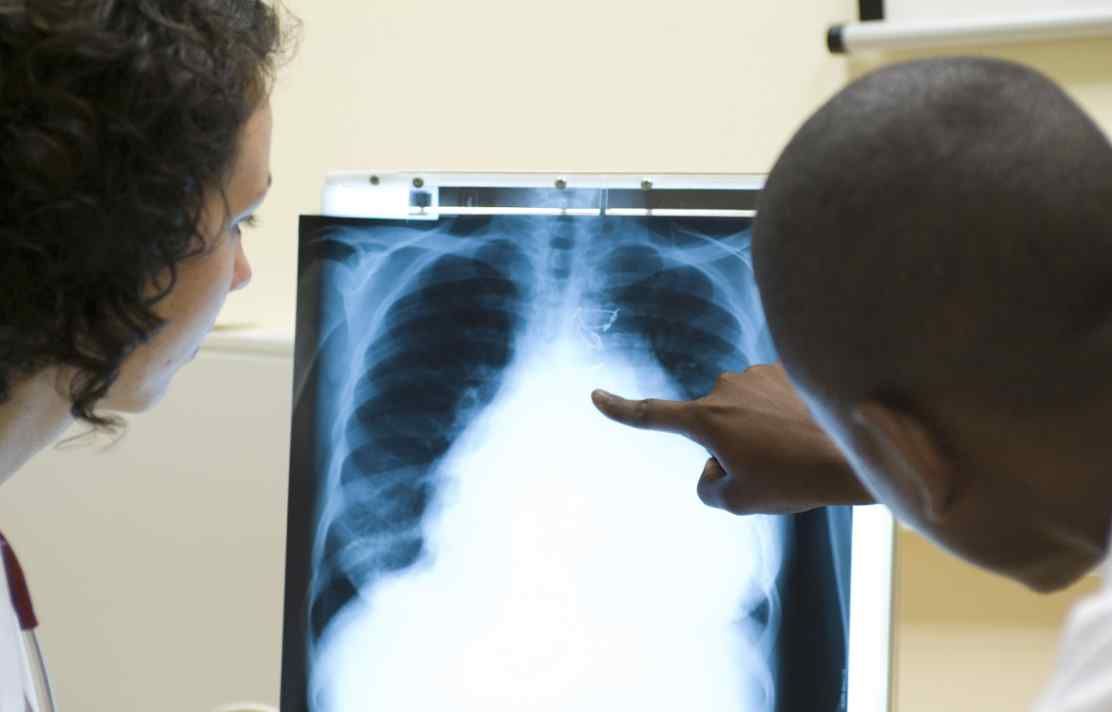BibTex format
@article{Walker:2022:10.1016/S2666-5247(21)00301-3,
author = {Walker, TM and Miotto, P and Köser, CU and Fowler, PW and Knaggs, J and Iqbal, Z and Hunt, M and Chindelevitch, L and Farhat, M and Cirillo, DM and Comas, I and Posey, J and Omar, SV and Peto, TE and Suresh, A and Uplekar, S and Laurent, S and Colman, RE and Nathanson, C-M and Zignol, M and Walker, AS and CRyPTIC, Consortium and Seq&Treat, Consortium and Crook, DW and Ismail, N and Rodwell, TC},
doi = {10.1016/S2666-5247(21)00301-3},
journal = {The Lancet Microbe},
pages = {e265--e273},
title = {The 2021 WHO catalogue of Mycobacterium tuberculosis complex mutations associated with drug resistance: a genotypic analysis.},
url = {http://dx.doi.org/10.1016/S2666-5247(21)00301-3},
volume = {3},
year = {2022}
}
RIS format (EndNote, RefMan)
TY - JOUR
AB - Background: Molecular diagnostics are considered the most promising route to achieving rapid, universal drug susceptibility testing for Mycobacterium tuberculosiscomplex (MTBC). We aimed to generate a WHO endorsed catalogue of mutations to serve as a global standard for interpreting molecular information for drug resistance prediction. Methods: A candidate gene approach was used to identify mutations as associated with resistance, or consistent with susceptibility, for 13 WHO endorsed anti-tuberculosis drugs. 38,215 MTBC isolates with paired whole-genome sequencing and phenotypic drug susceptibility testing data were amassed from 45 countries. For each mutation, a contingency table of binary phenotypes and presence or absence of the mutation computed positive predictive value, and Fisher's exact tests generated odds ratios and Benjamini-Hochberg corrected p-values. Mutations were graded as Associated with Resistance if present in at least 5 isolates, if the odds ratio was >1 with a statistically significant corrected p-value, and if the lower bound of the 95% confidence interval on the positive predictive value for phenotypic resistance was >25%. A series of expert rules were applied for final confidence grading of each mutation. Findings: 15,667 associations were computed for 13,211 unique mutations linked to one or more drugs. 1,149/15,667 (7·3%) mutations were classified as associated with phenotypic resistance and 107/15,667 (0·7%) were deemed consistent with susceptibility. For rifampicin, isoniazid, ethambutol, fluoroquinolones, and streptomycin, the mutations' pooled sensitivity was >80%. Specificity was over 95% for all drugs except ethionamide (91·4%), moxifloxacin (91·6%) and ethambutol (93·3%). Only two resistance mutations were classified for bedaquiline, delamanid, clofazimine, and linezolid as prevalence of phenotypic resistance was low for these drugs. Interpretation: This first WHO endorsed catalogue of mol
AU - Walker,TM
AU - Miotto,P
AU - Köser,CU
AU - Fowler,PW
AU - Knaggs,J
AU - Iqbal,Z
AU - Hunt,M
AU - Chindelevitch,L
AU - Farhat,M
AU - Cirillo,DM
AU - Comas,I
AU - Posey,J
AU - Omar,SV
AU - Peto,TE
AU - Suresh,A
AU - Uplekar,S
AU - Laurent,S
AU - Colman,RE
AU - Nathanson,C-M
AU - Zignol,M
AU - Walker,AS
AU - CRyPTIC,Consortium
AU - Seq&Treat,Consortium
AU - Crook,DW
AU - Ismail,N
AU - Rodwell,TC
DO - 10.1016/S2666-5247(21)00301-3
EP - 273
PY - 2022///
SN - 2666-5247
SP - 265
TI - The 2021 WHO catalogue of Mycobacterium tuberculosis complex mutations associated with drug resistance: a genotypic analysis.
T2 - The Lancet Microbe
UR - http://dx.doi.org/10.1016/S2666-5247(21)00301-3
UR - https://www.ncbi.nlm.nih.gov/pubmed/35373160
UR - https://www.thelancet.com/journals/lanmic/article/PIIS2666-5247(21)00301-3/fulltext
UR - http://hdl.handle.net/10044/1/96635
VL - 3
ER -
